#HISTORY OF INDIA
Text
Time Travel Question 54: Ancient World and Earlier
If you could travel through time, but only to see something for Research or for Fun, not to change anything, what would you pick? Yes, you may have a Babel Fish in your ear to translate.
These Questions are the result of suggestions a the previous iteration. This category may include suggestions made too late to fall into the correct earlier time grouping. In some cases a culture lasted a really long time and I grouped them by whether it was likely the later or earlier grouping made the most sense with the information I had.
Please add new suggestions below if you have them for future consideration. All cultures and time periods welcome.
#Time Travel#Middle Ages#Ancient World#Early Humans#Neanderthal#Denisovans#Homins#Paleolithic#Prehistory#Megafauna#Extinct Species#Domestication#The Clovis People#Indigenous History#Ancient Egypt#Nefertiti#History of Music#Antikythera device#Ancient Greece#History of Food#Wootz Steelmaking technique#History of India#Old Testament
39 notes
·
View notes
Text

“The book presents a rich and multi-layered look at the 1947 partition of India, asking whether, how, and why the disruption and atrocities that partition imparted should be remembered. It is an eloquently written, deeply felt, and nuanced account of partition and its sequalae, not focused primarily on historical facts, but on the meaning of lived experiences at the personal, community, and cultural levels.”
9 notes
·
View notes
Text
The Endless Epic: Mahābhārata
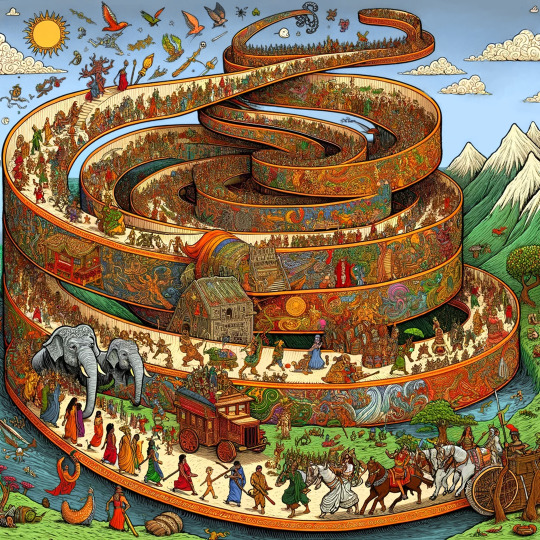
Heard of Mahābhārata? This ancient Indian epic is about ten times the length of Homer's Iliad and Odyssey combined.
Meaning: it never ends.
Its longest version consists of over 100,000 śloka or over 200,000 individual verse lines (each śloka is a couplet), and long prose passages. At about 1.8 million words in total, the Mahābhārata is about four times the length of the Rāmāyaṇa, compiled as oral and written stories between 3rd century BCE and the 4th century CE.
It is an ultra-marathon of moral conundrums, philosophical dilemmas, and the classic tussle between team good and team evil, all rolled into an astonishing narrative feast.
#history art#mahabharata#india#culture#art#history of india#ramayana#odyssey#hindu mythology#ai experiments#illustration#fun facts#history#indian#sanskrit#narrative#storytelling#ancient history#epic#books and reading
16 notes
·
View notes
Text

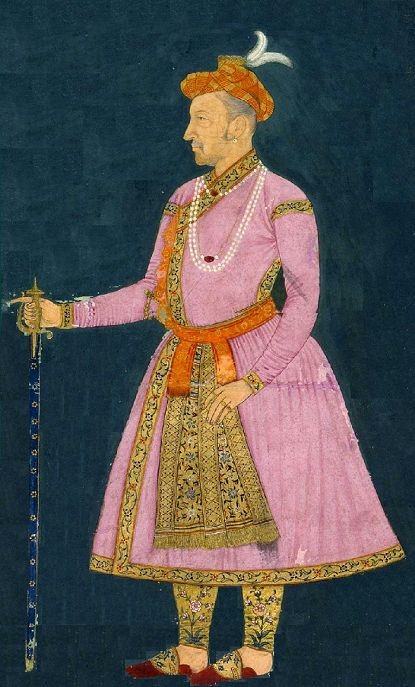
often the Mughal Emperors are shown with a ethnic look of Aryans/Central Asians but this depiction has many loop holes.
Mughals were claimed to have roots from Persian Mughals of Turkic-Mongol region. Even they have been risen from Timurid Dynasty hailing from Central Asia.
They had a more of Mongolian face cut.
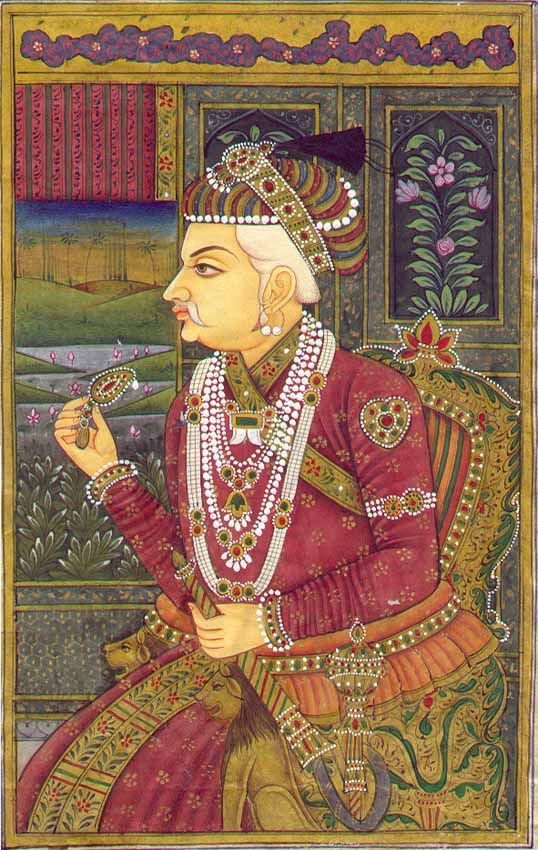
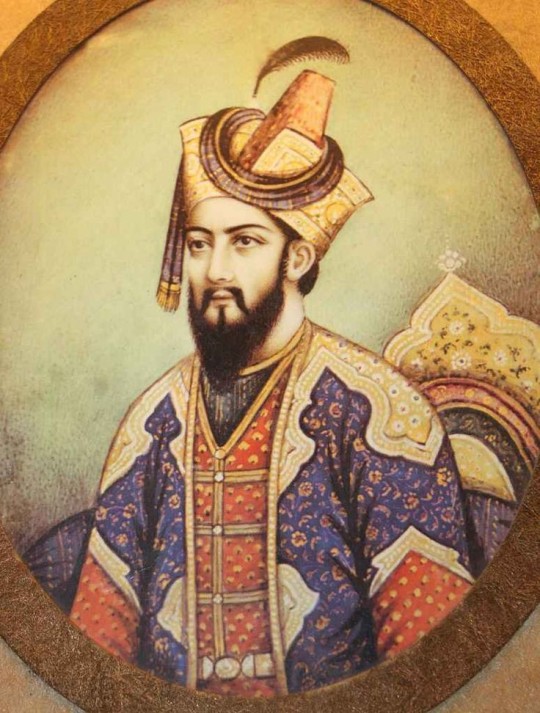
13 notes
·
View notes
Text
The aesthetics, the admiration on their faces, the whole ambience of these situations. ❤️🦋
#classical dance#dance#hindustani classical music#hindu#history of india#history#art#indian women#indian culture#indian academia#indian aesthetic#indian mythology#indian moodboard#indian writers#dancers#music#films#indian films#indian movies#desi#desi tumblr#desi aesthetic#sita ramam#bajirao mastani#shyam singha roy
14 notes
·
View notes
Text
Maharaja Duleep Singh (4 September 1838 – 22 October 1893)

A young Maharaja Duleep Singh.
Maharaja Duleep Singh (4 September 1838 – 22 October 1893), was born in Lahore in 1838. He was the youngest son of the legendary Maharaja Ranjit Singh, the Lion of Punjab, Duleep Singh ascended to the Gaddi of Lahore in 1843. This period also saw the once impenetrable Punjab annexed by the British East India Company.
Promptly de-throning the young Maharaja, the Company was determined to cut him off from his now erstwhile subjects to curb any chance of a rally of support to re-instate him. He was removed from Punjab by British authorities, sequestered to the Hill Station of Mussoorie, followed by his de facto exile to England.
In 1849 at the age of 10, he was removed from the Punjab with his title and power devolved. The Koh-i-Noor Diamond, part of his inheritance, was surrendered to Queen Victoria.

Queen Victoria wearing the Koh-i-noor as a brooch
He was subsequently kidnapped by the British Crown, and thereafter exiled to Britain at age 15 where he was befriended by Queen Victoria, who is reported to have written of the Punjabi Maharaja: "Those eyes and those teeth are too beautiful".
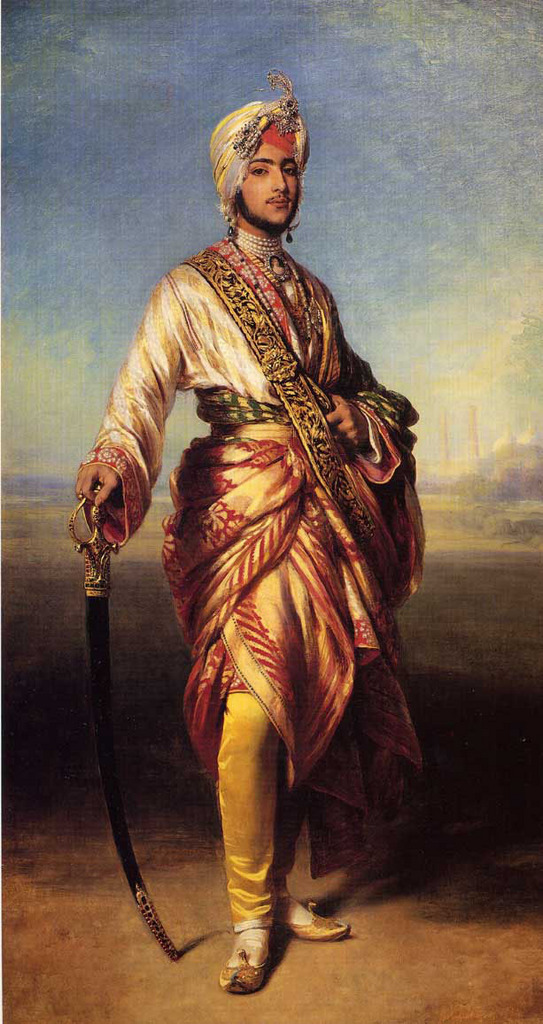
Duleep Singh (1838–1893) in 1854; portrait by Franz Xaver Winterhalter
Duleep Singh became known for his extravagant lifestyle, enjoying the countryside and game-shooting in particular. Duleep Singh also rebuilt the church, cottages and school in Elveden. Despite his lifestyle in Britain, he decided to fight to reclaim his land and title in the Punjab.

Duleep Singh photographed by Dr. Ernst Becker in 1854 on the lower terrace at Osborne House
In 1886 he returned to India where he re-converted to Sikhism. He went to live in Paris where he enlisted the help of Irish revolutionaries and the Russians to lead a revolt against the British in the Punjab but he was ultimately unsuccessful in bringing these plans to fruition.
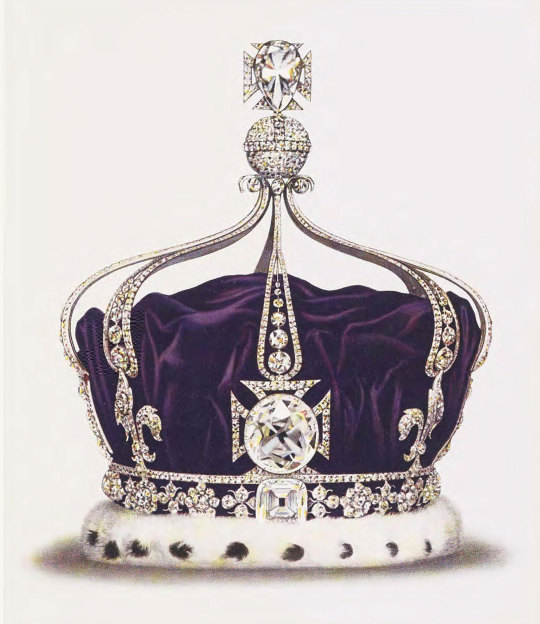
The Koh-i-noor diamond (which may have been referred to in Mesopotamian texts dating to 3200 bce) mounted in the centre of the cross pattée on the Queen Elizabeth the Queen Mother's Crown.
#the royal diaries#queen victoria#Victoria: May Blossom of Britannia#maharaja duleep singh#history of india#koh-i-noor diamond#british colonialism#british imperialism
9 notes
·
View notes
Text
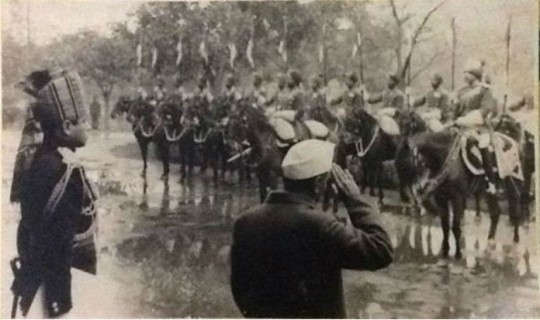
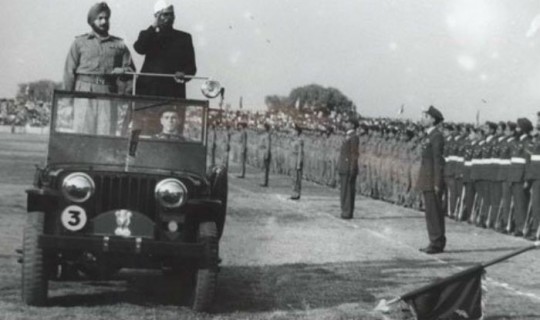

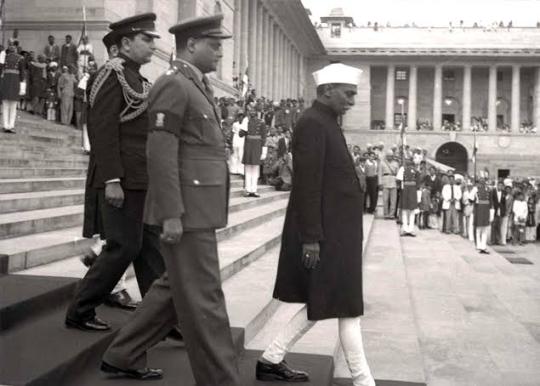
The year was 1950, the young nation of India celebrated it's first Republic Day.

India’s first Republic Day began with C Rajagopalachari proclaiming India a Sovereign Democratic Republic at the Rashtrapati Bhavan.
Today, for the first time in our long and chequered history,”he said “We find the whole of this vast land brought together under the jurisdiction of one consititution of one union which takes over responsibility for the welfare of more than 320 million men and women who inhabit it.”
- Dr Rajendra Prasad taking the oath as India’s first President

The chief guest on occasion was Indonesian President Dr Sukarno. On Nehru’s request, Delhi University had organised a special convocation to confer an honorary PhD on Sukarno. One moment to be remembered from this ceremony was the riveting role reversal between two of Asia’s charismatic leaders. It was common practice for Nehru to conclude his speeches by shouting Jai Hind. Then, he would say “Louder!” and the crowd would satisfy his demand.

A cartoon from HT published on 24 January showing Chairman of the Drafting Committee (and later Law Minister) B R Ambedkar holding an infant Republic of India while Mother India lays in bed exhausted from labour. Around him stand Dr Rajendra Prasad and Nehru, looking anxiously.
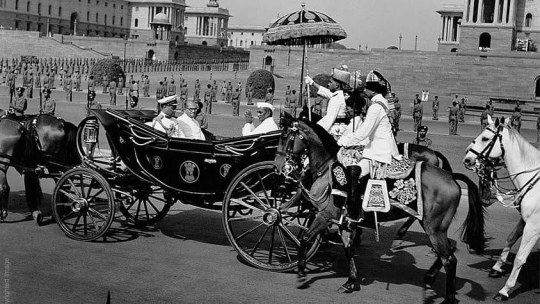
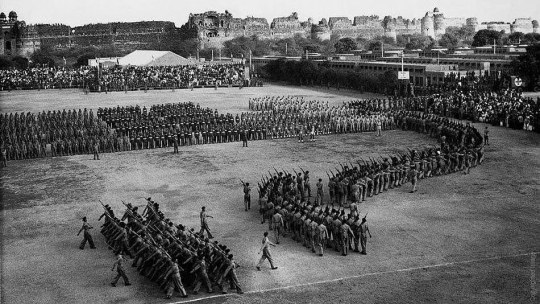
A 31-gun salute welcomed Dr Prasad to the first ever Republic Day celebrations. Dr Prasad proceeded to take a round of the amphitheatre, this time in a jeep, while saluting the 3,000 armed forces that had gathered there, after which he hoisted the tricolour, our national flag for the very first time. Another memorable speech by him was in the offing.
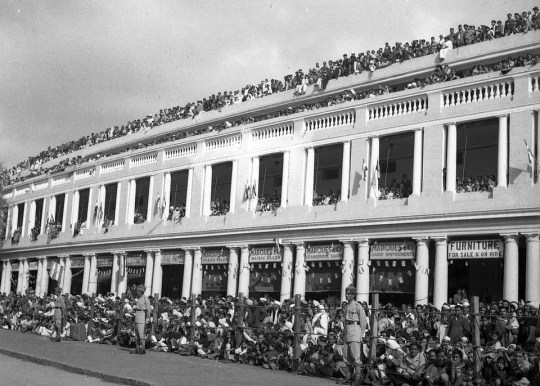
Nearby, in Connaught Place, people of all age groups thronged the streets and crowded restaurants; shops remained illuminated through the day while the Rashtrapati Bhavan lit up at night, marking yet another first of a custom followed till this day. The atmosphere was electric and the spirit of freedom, infectious. India was the first Commonwealth country to have entirely come into its own; it was the biggest national ceremony of the 20th century.
P. S. Guys I really don't know if this goes with algorithm of Tumblr but as an Indian I believe, completing 74 years of republic & democratic dominion is a great milestone and as a proud indian and true patriot, I loved making this post.
So,
HAPPY 74th REPUBLIC DAY 🇮🇳
७४ गणतंत्र दिवस की हार्दिक शुभकामनाएं 🇮🇳
#aesthetic#republic day#indian things#india#history#sneek peek#history of india#jai hind#desi culture#desi aesthetic#indian freedom struggle#indian freedom movement#74th republic day
9 notes
·
View notes
Text
History of Bharat needs to be rewritten
If our ancestors keep losing the war,So how have we been alive 1200 years?
Nowadays people have become a thinking thatRajputs fought,But they were a lost warrior,Who ever lost to Alauddin,Sometimes lost to Babar, sometimes to Akbar,Ever from Aurangzeb…
Is it really like this?
Even in society many of theseHe is a confused Rajput,Joe Maharana Pratap, Prithviraj ChauhanAs timeless warriors are…

View On WordPress
#Akbar#alauddin#ANCIENT INDIA#Aurangzeb#BHARAT#haldighati#HISTORY OF INDIA#islamic terrorism#maharanapratap#Muslim#rajput#taj mahal
2 notes
·
View notes
Note
I'm the previous anon who was talking about Indian Colonial history
I do follow you but I wanted to remain anonymous because I'm kinda shy 😭. You can call me Madhuri so that it's clear who I am
So I hadn't really put much thought into Shaan being a direct employee of the British monarchy until the other anon pointed it out and the more I think of it, the more weirded out I get because in a fictional novel, I feel that the author has the responsibility to make their content respectful to all groups of people and this move was kind of thoughtless.
Indians were treated like shit when the British governed our land. Basically, the British arrived as cloth traders and by creating this elaborate debt trap for rural weavers, they took over our economy and gained trade monopoly. They got some tax cessations from different kings and finally in the Battle of Plassey, they took over Bengal, a super super important place because it was in the plains, had a long coastline and was one of the most industrialised towns.
They started taxing people to hell and back with no regard for their well being. They told our kings they would provide them arms and forces to protect themselves against other rulers all while instigating whatever the opposite of peace is (I literally cannot think of a work for this, I'm so sorry)
Indians were forced to pay them, work for them without pay and make goods for them at extremely nominal amounts while the British got all the profit. We were kidnapped from our own lands and sent to plantations. There was this inland immigration act which did not allow workers to even exit tea gardens without written permission which was rarely given. They shut down our press and arrested our revolutionaries. Our people were forced to fight in the army. The first revolution actually started because the army was being forced to use bullets greased with pig fat and cow fat one of which was haram for muslims and the other was the product of an animal holy to the Hindus.
They decimated our country and the impact is still felt today.
I have watched a lot of movies about colonialism in India and one of the most chilling lines Ive heard was something along the lines of 'A bullet costs one pound by the time it reaches your gun Soldier. Are you really going to waste it on brown trash' this was followed by the soldiers beating a mother to death in front of her daughter and the entire village.
I'll recommend some movies to you. They are fiction but manage to capture the history so so well. You can find these on Netflix btw.
1) Lagaan- it's about taxation during a time of drought and a surreal way to escape it
2) RRR- honestly, I had watched some part of it but couldn't watch further because of how chilling it was and how hard it hit but it is considered to be amazing
3) Rang De Basanti- It's about college students shooting a film about freedom fighters and it alternates with the story of the revolutionaries and their parallels with the characters. These students are changed forever when one act makes them question the entire system and they become revolutionaries themselves. The ending was surprising and I could feel my heart being ripped out of my chest
Hey, Madhuri! No worries, I totally understand wanting to stay anonymous, I’m literally the same way on here so I get it.
Thank you so much for this! Yeah, my history classes definitely didn’t go over enough about any of this, but I’ll be reading more about everything this week, because it’s important and I want to learn more. It’s clear there is an entire history between Britain and India that I only know the very tip of, so thank you again for writing this all out. I’m sure a lot of people probably don’t know much about this (unfortunately, since our textbooks tend to… you know… veer on the side of the oppressors), so this will all be incredibly educational to anyone reading it. Feel free to send more my way whenever you want! I love this!
I’ve heard awesome things about RRR, but didn’t know what it was about. I’m gonna watch it this weekend! And that last movie sounds really good too! Thanks for the recs!!!
As for Shaan… I honestly think Casey just wasn’t thinking. This isn’t in defense of them, an author should always think about what they’re doing and how it could show up on page or screen, but I truthfully think they just wanted to fill that role with some sort of minority and picked Indian because of the large UK Indian population. I’d bet all of the money in my wallet ($20) that Casey doesn’t know any more than the vague basics of everything you’ve told me. I noticed that they described Nora, who’s Jewish, using some stereotypical Jewish traits too (I can write more on this if anyone wants, don’t want to hijack this post). It really was a guess-and-pick of races and ethnicities for them. I love how diverse the book is, but it’s sorta clear it was done for the spectacle, not for any real heartwarming reason. Casey knew it would probably sell better, since it would be talked about as an incredibly varied collection of characters, I don’t think they thought about more than that, or didn’t think it would matter because of the positives.
Do I think Casey meant any direct hurt with it? No.
Do I think that Casey’s lack of understanding or having any knowledge beyond their contained worldview causes harm indirectly? Yes.
#rwrb movie#red white and royal blue#red white royal blue movie#rwrb cast#RWRB Shaan#Indian history#history of British india#history of india#casey mcquiston#RWRB Nora#RWRB book
6 notes
·
View notes
Text
#celebrities#writers#museums#developers & startups#india#islamic#elden ring invasions#invasion secreta#history#world history#culture#archaeology#star wars#history of india#mahmud asrar
2 notes
·
View notes
Text
Time Travel Question : Medievalish History 8 and Earlier
These Questions are the result of suggestions from the previous iteration.
This category may include suggestions made too late to fall into the correct earlier time grouping. Basically, I'd already moved on to human history, but I'd periodically get a pre-homin suggestion, hence the occasional random item waaay out of it's time period, rather than reopen the category.
In some cases a culture lasted a really long time and I grouped them by whether it was likely the later or earlier grouping made the most sense with the information I had. (Invention ofs tend to fall in an earlier grouping if it's still open. Ones that imply height of or just before something tend to get grouped later, but not always. Sometimes I'll split two different things from the same culture into different polls because they involve separate research goals or the like).
Please add new suggestions below if you have them for future consideration. All cultures and time periods welcome.
#Neolithic#Anatolian#Ancient World#Bible#Isaiah#Prophets#Phoenicians#Proto-Ancient Religion#Pre-Mamluk#Hinduism#History of Religion#History of India#Middle Ages#Religious History#The Pictish Beast#Picts#History of Music#Cathedrals#1000 BCE#Ancient Israel#Slavic People#100 BCE#Petroglyphs#Paleolithic
58 notes
·
View notes
Text

"McQuade’s meticulously researched biography of Rash Behari Bose reveals the multifaceted nature of anti-colonialism in the first half of the twentieth century. An original and captivating read, connecting waves of revolutionary movements, it fills a major gap in global historiography."
4 notes
·
View notes
Text
Her Five Husbands: Insights into Ancient Indian Polyandry

Imagine being married to multiple men simultaneously. Dreamy for many gay people, probably horrific for some ancient women of any orientation.
Polyandry, or polygamy with more than one husband, was typically practiced for various reasons including keeping land within the family and economic necessity in ancient India. Though it may sound exotic to most of us, the tradition is still alive in some communities of the India Himalayas, Nepal and Tibet.
Draupadi, a pivotal character in the Indian epic Mahabharata, is renowned for her marriage to the five Pandava brothers—Yudhishthira, Bhima, Arjuna, Nakula, and Sahadeva.
The story of Draupadi's marriage begins with a contest for her hand, which Arjuna wins. However, when the brothers return with Draupadi, their mother, Kunti, thinking they are talking about alms, instructs them to share whatever they have brought. This motherly command is taken literally and respected, leading to Draupadi's marriage to all five brothers. Each husband had specific roles and times with Draupadi, reflecting a structured approach to this polyandrous relationship.
This union of Draupadi and the Pandavas is a profound example of polyandry that raises questions about marriage, fidelity, and duty, offering deep insights into the gender dynamics and family structures of ancient Indian society.
#history art#india#history of india#mahabharata#hindu mythology#epic#gender roles#polyandry#ai experiments#fun facts#history#culture#marriage#wedding#indian wedding#polygamy#indian matrimony#feminism#patriarchy
5 notes
·
View notes
Text
#india#indian#indian history#world history#human history#history of india#dravidian#indo european#neolithic#paleolithic#bronze age#stone age#ancient india#indus river#ganges river#indian subcontinent#ancient people#prehistory#prehistoric#prehistoric humans#history#history geek#fascinating
0 notes
Text
Victoria Gouramma (4 July 1841 – 30 March 1864)

The Ex-Rajah Of Coorg, And His Daughter Princess Gouramma, And Suite, 1852
Victoria Gouramma (sometimes spelt Gowramma in India or Gauromma in British newspapers of the period) (4 July 1841 – 30 March 1864) was the daughter of Chikka Virarajendra (spelt "Veer Rajunder Wadeer" in English court proceedings), the ruler of Coorg who was deposed by the British under the command of James Stuart Fraser. Virarajendra surrendered on 24 April 1834 and was taken political prisoner to Benares. He went to England in March 1852 to demand in court that the East India Government return his wealth. Queen Victoria received the king with royal treatment and he left his daughter in the care of the queen.

Princess Victoria Gouramma by Franz Xaver Winterhalter
Gowramma was placed under the care of Major Drummond and his wife who had travelled by ship along with the Raja. Gowramma was baptized on 5 July 1852 in a ceremony conducted at the Buckingham Palace by the Archbishop of Canterbury with the Queen as godmother (sponsor) giving her the name of Victoria.

In 1858 Queen Victoria asked Lena, Lady Login to find a suitor for her god daughter. There was an expectation that she would be a suitable wife for Duleep Singh, a deposed member of royalty, but he announced that he intended to marry an English woman. Lady Login tried to find a suitable European nobleman to become Gowramma's husband, but Gowramma married Lt. Col. John Campbell, who was 30 years older than her, despite the schemes. They had a daughter Edith Victoria Gouramma Campbell born on 2 July 1861. Gouramma died of tuberculosis in 1864 and was buried at Brompton cemetery.
#victoria gouramma#gouramma#british colonialism#british imperialism#queen victoria#Victoria: May Blossom of Britannia#history of india
6 notes
·
View notes
Text
Mahatma Gandhi and Louis Mountbatten: the road to Indian independence in 1947

In 1947, events took place that forever changed the history of India and the British colonial system. The last viceroy of India, Louis Mountbatten, and the leader of the Indian independence movement, Mahatma Gandhi, met to discuss the terms of the transition to independence. This meeting became a key moment in the formation of modern India. Let's dive deeper into these historic events by exploring the context, negotiations, and implications of this momentous moment.
Read more: Mahatma Gandhi and Louis Mountbatten
0 notes